Quick Links
Dungeons & Dragonsis fueled by imagination.
It depicts a world of heroes, villains, and monsters with supernatural powers and abilities.
Where your players are fighting should be an important factor in their battles.
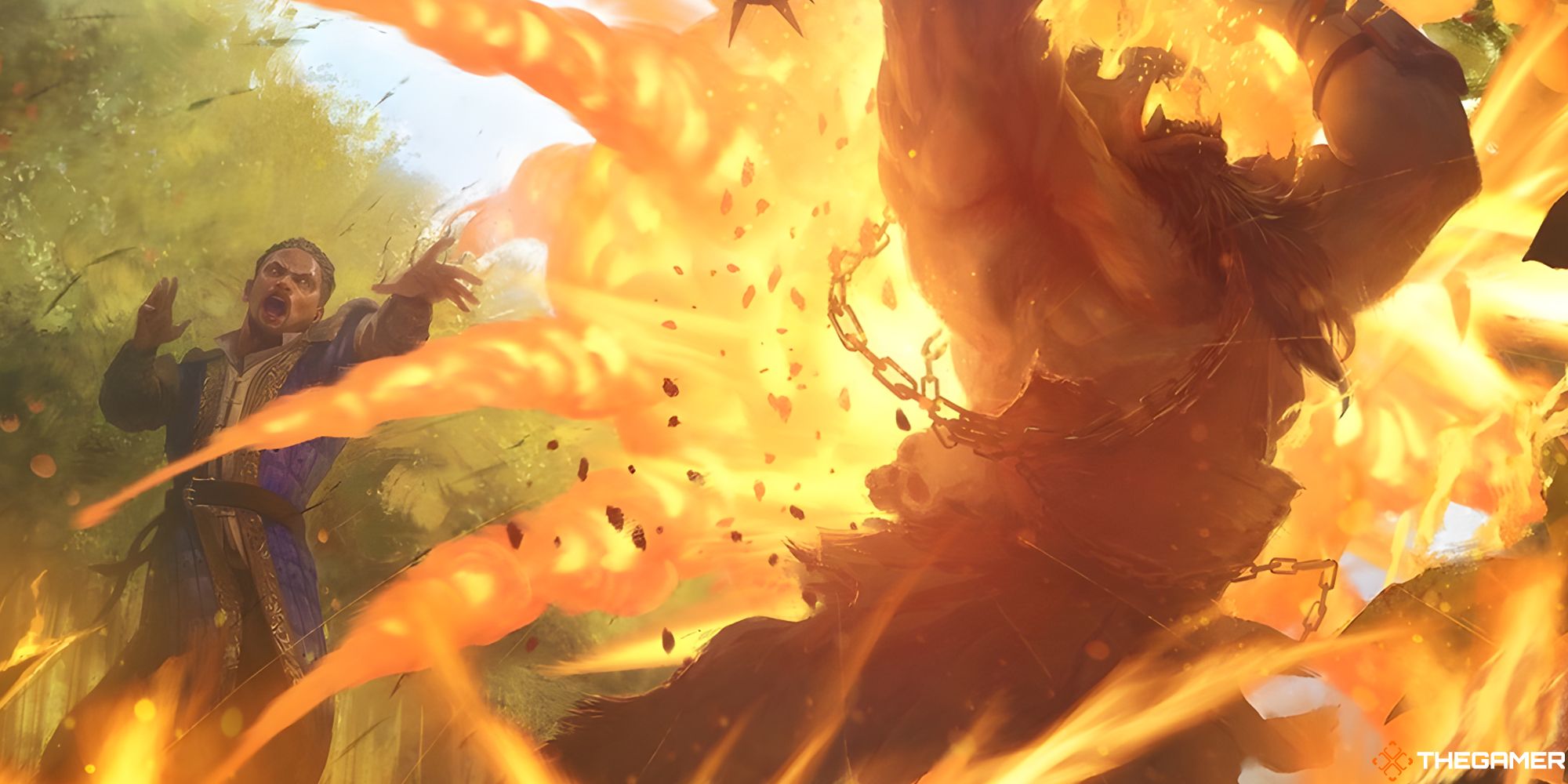
Fireball by Xavier Ribiero
Because you spend enough time on the campaign as it is.
Battles in D&D benefit from tactical options.
Each player wants a chance for their character to shine by cleverly beating the odds with their unique abilities.
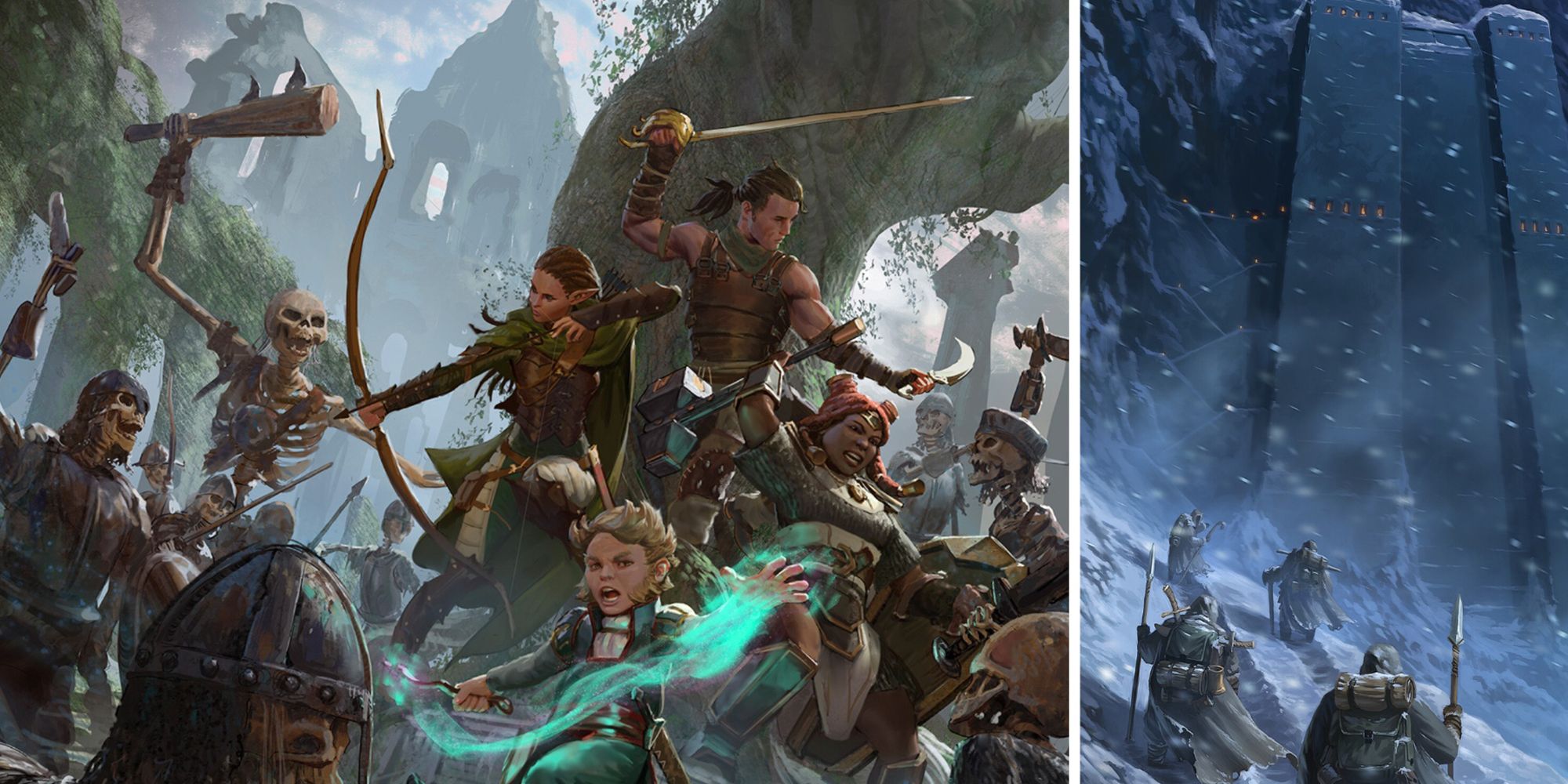
Elder Brain by Brian Valenzuela
Terrain can help to give your players these opportunities.
Terrain’s primary combat functions areelevation advantage, reduced movement speed, cover, and concealment.
Varying up the terrain can keep things interesting and allow the party to use their full range of abilities.
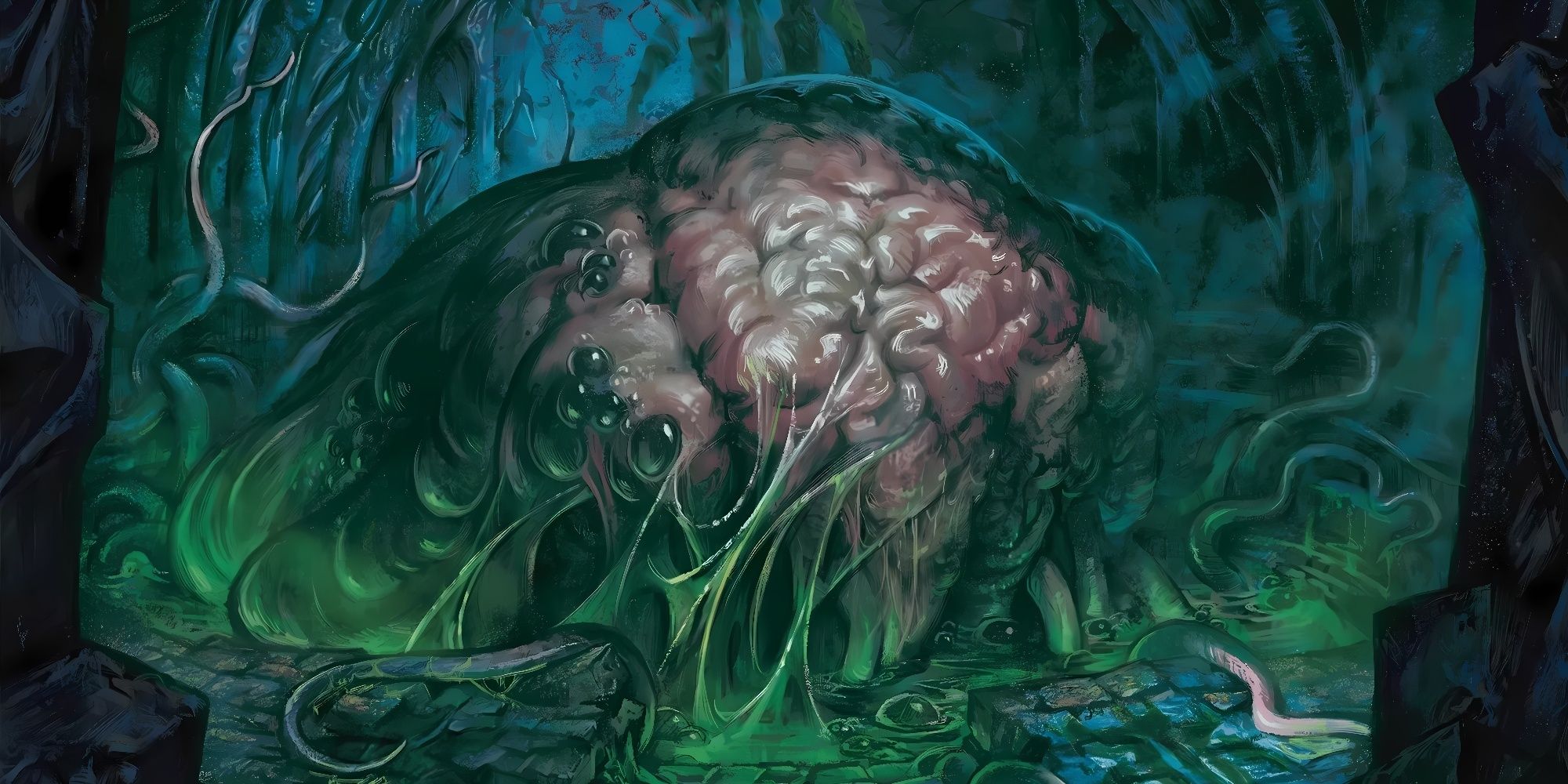
Elder Brain by Brian Valenzuela
Fighting in the desert?Quicksand.
Fighting in the forest?Clinging vines.
Encourage players to consider how theirspells and abilities affect the environment.
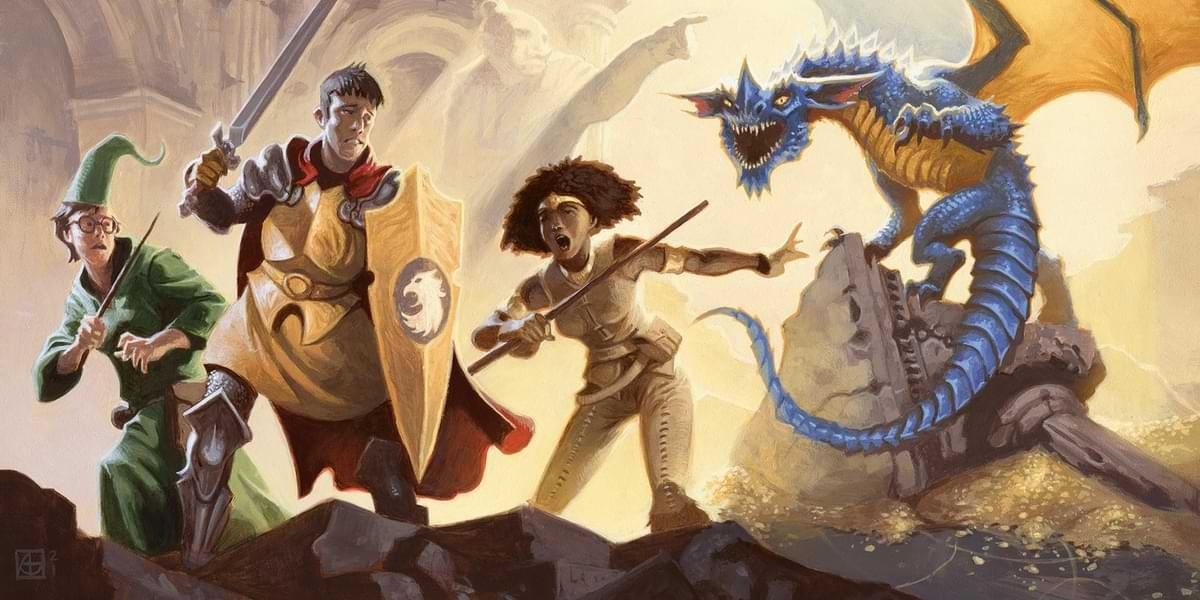
Art by Alex Stone via Wizards of the Coast
Video games likeBaldur’s Gate 3andDivinity Original Sin 2are great reference points.
Both games reward careful consideration of the environment, elemental interaction, and battlefield position.
They make an idealcover against ranged attacks.
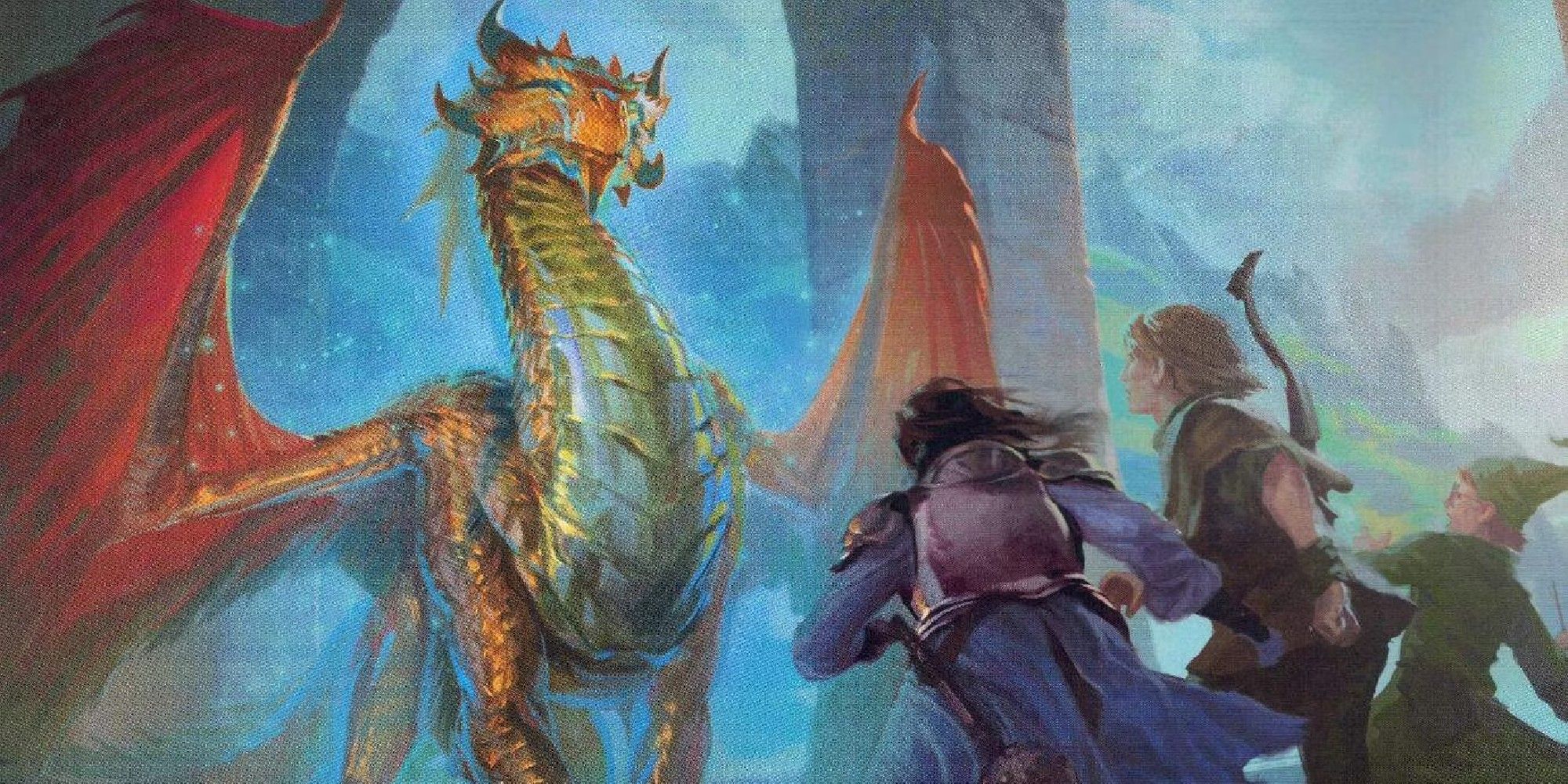
Bronze dragon Runara Art via Wizards of the Coast
Trees
Like pillars inside,trees are a staple of D&D combat outside.
An average tree is typically consideredhalf cover.
Other kinds of shrubs, bushes, and foliage can stand in for trees to fit the game environment.

Angel of Glory’s Rise by Andrew Mar
Elevation
Depending on its steepness, aslopecan be considereddifficult terrain.
If a character is high enough above an enemy, they need only step backward for full cover.
Rubble
Rubblecreates an area ofdifficult terrain, halving the speed of creatures moving through it.
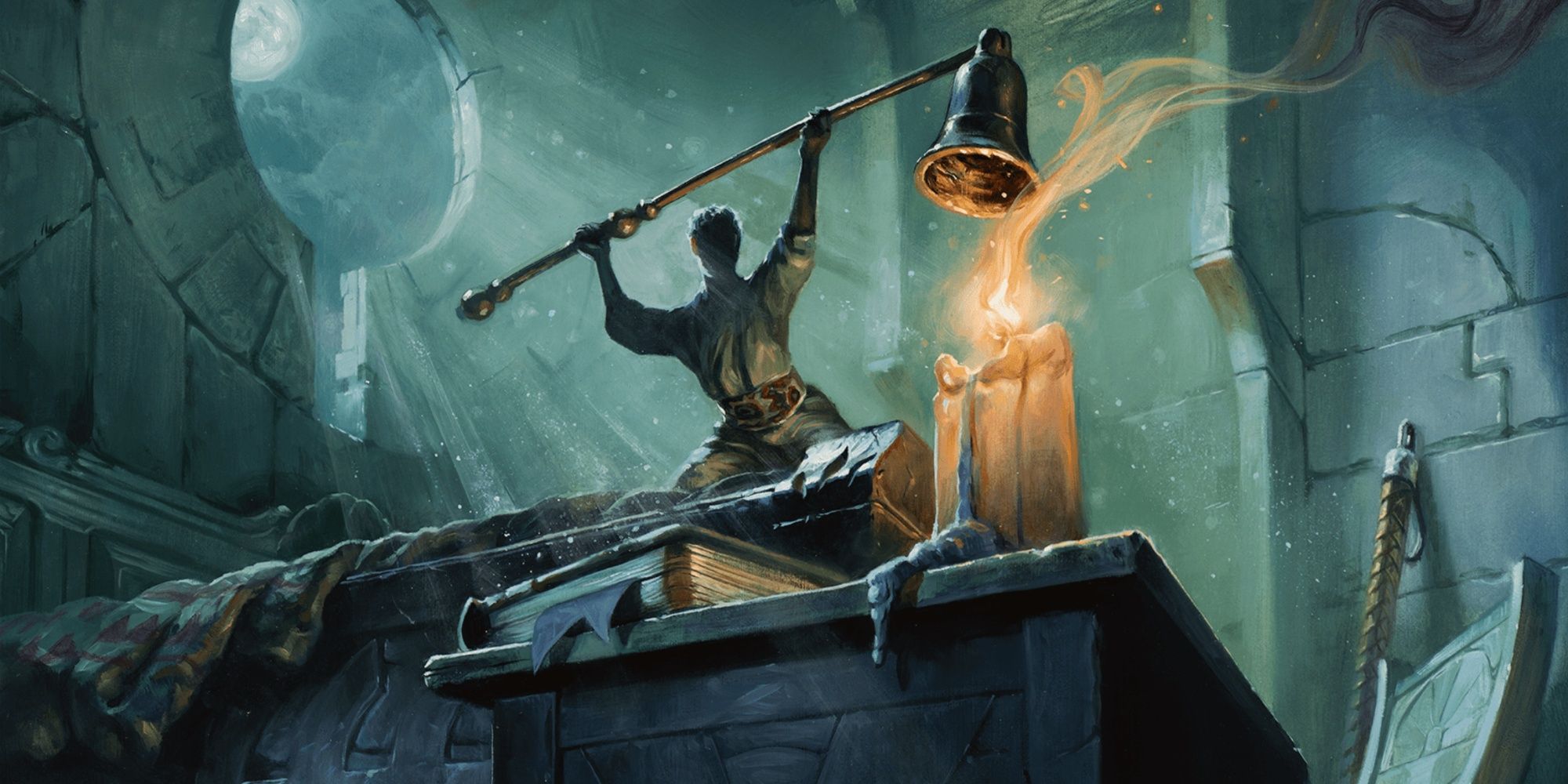
A Giant Foundling Use To A Larger World by Kai Carpenter
Rubble makes sense in most buildings and in urban areas.
In a more rural setting, consider boulders, pebbles, and loose soil as alternatives.
Flipping a tableover is also a decent way togenerate coverfor the party’s vulnerable members.
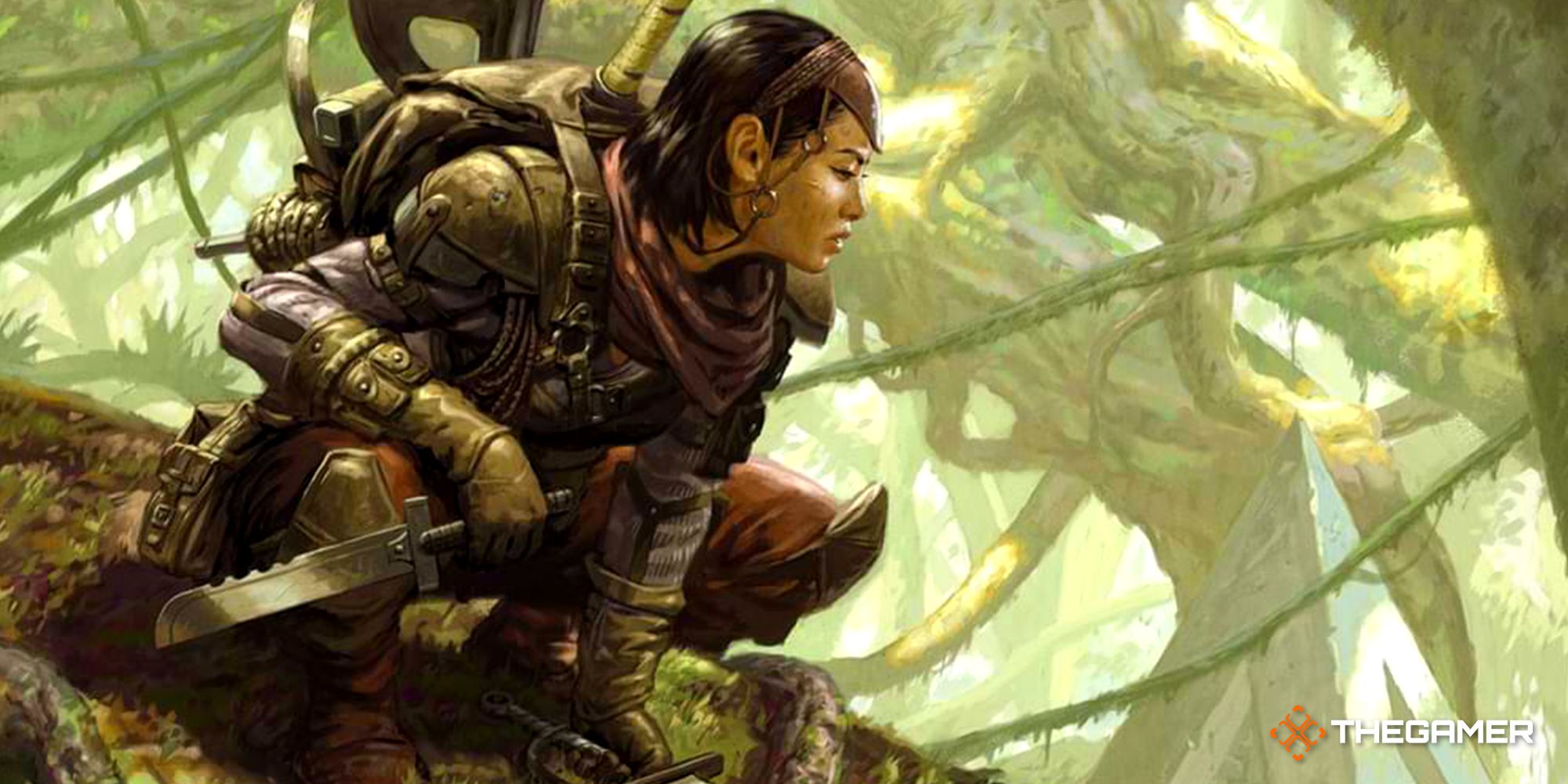
Murasa Ranger by Eric Deschamps
Water as rough terrain makes sense in a wide variety of combat locations.
Snow
Asnow driftconstitutesdifficult terrainif it’s deep enough to slow those passing through it.
Smaller creatures may struggle where larger ones do not.
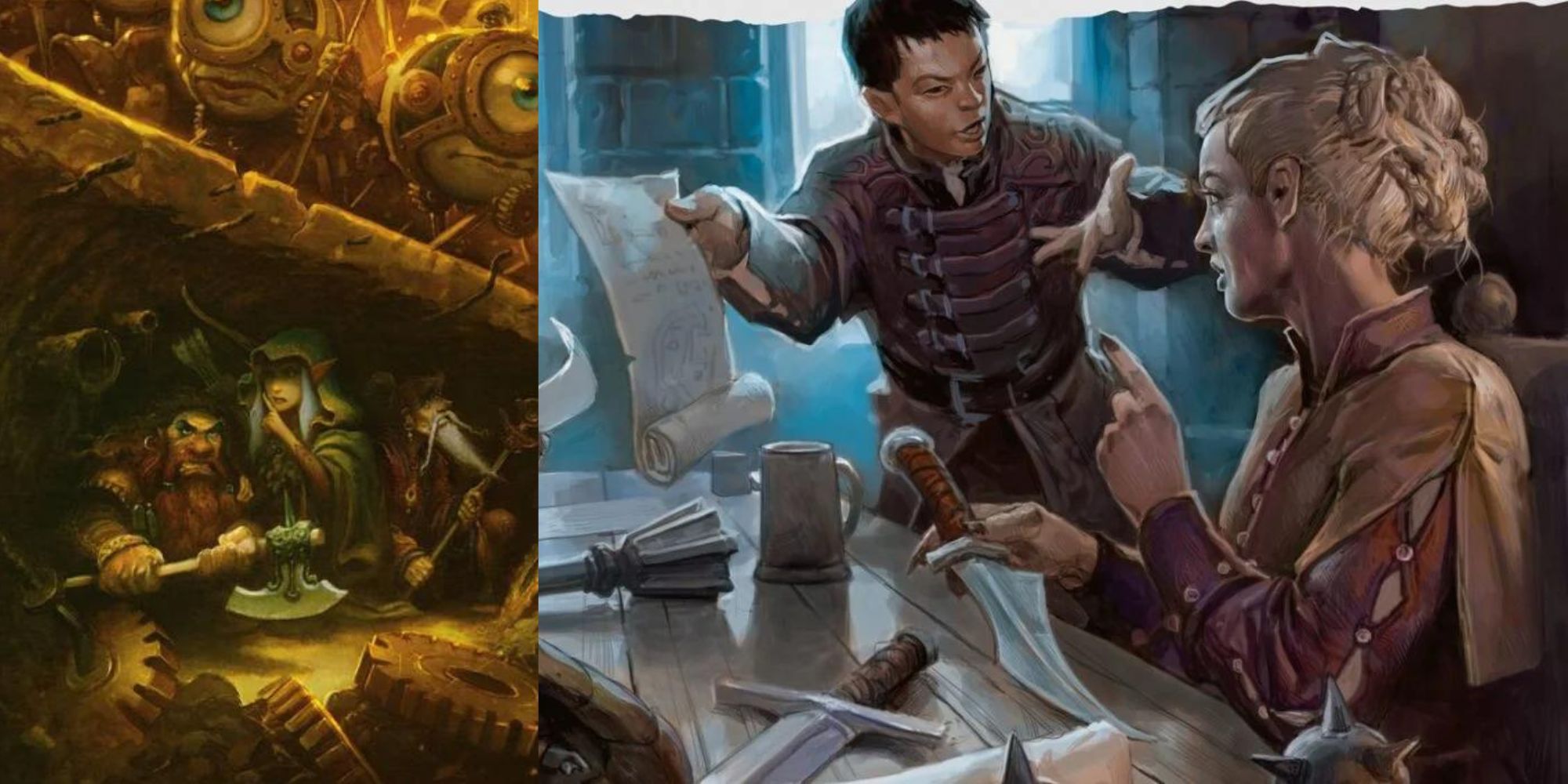
Crops
Rowsofcorn,barley, andwheataredifficult terrainwhen the crops are tall enough to impede the characters walking through them.
Many war gaming miniature enthusiasts will have rows of crops already.
Unsure how to help shy players shine in D&D?

We’ve got tips for Dungeon Masters.
